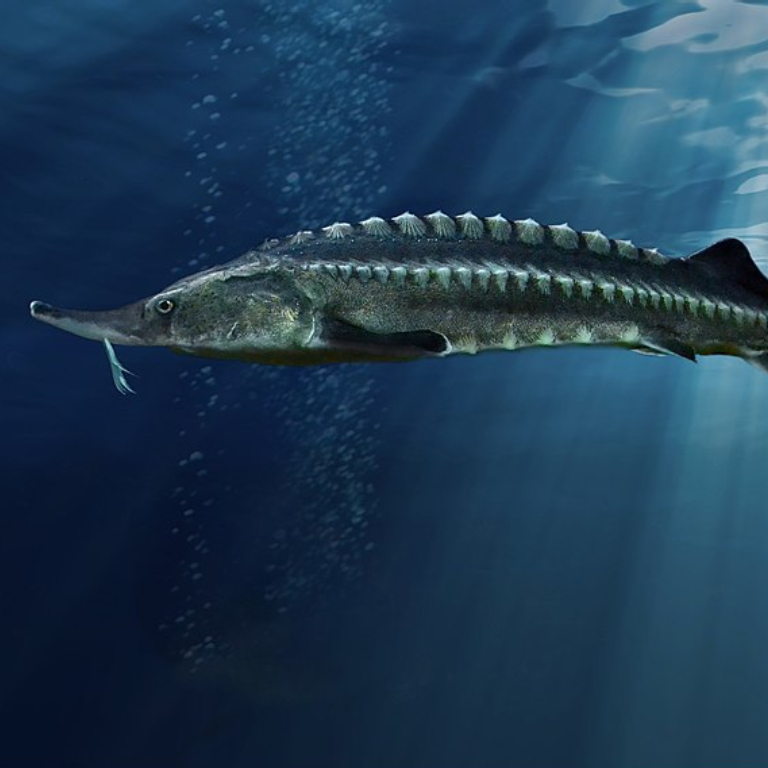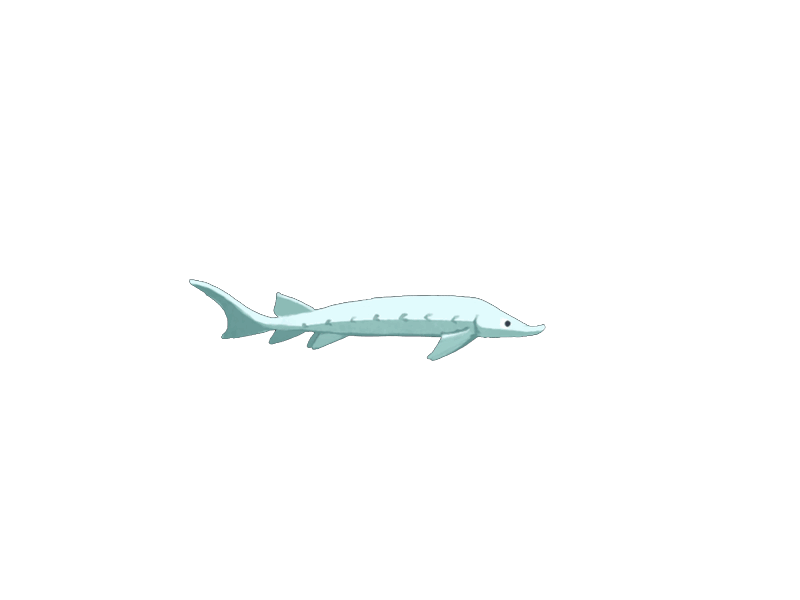- +971 52 105 4464
- info@wildnorthfish.com
- Dubai, UAE
Tradition
The History Of Caviar
The mystique and luxury of caviar date back to the 4th Century B.C. In records, the Greek philosopher Aristotle described this delicacy as the eggs of the sturgeon, heralded into banquets amongst trumpets and flowers.
4th century
Caviar
Salmon Caviar
Lump Fish Caviar
Tobiko
Sturgeon Caviar

However, the Persians were the first to prepare and savour sturgeon roe. The word “Caviar” actually comes from the Persian word “khav-yar” which means “cake of strength”, as many medicinal powers were attributed to Caviar. Sturgeon roe has not always been the delicacy that it is today. A long time ago caviar was eaten by the fishermen at the Caspian sea or in American saloons as an appetizer – mainly because of its salty taste – to encourage thirst. Of course, without refrigeration Caviar is quickly spoiled. It is exactly this perishability what made caviar so exclusive, and it was precisely this exclusivity that fascinated the Tzars – among whom Peter The Great and other members of the Romanov family – and the higher echelons of these days. It is an undeniable fact that Russia and the Russian Tzars catapulted Caviar into the world of utter luxury.
Over the years, the sturgeon eggs had become much more popular among the upper class of the European society. By the Middle Ages, the British Kings reserved all the sturgeon for their own consumption and knighted it the “Royal Fish”, set aside solely for royalty.
By the mid-1800’s...,
By the mid-1800’s, ever greater quantities of sturgeon were harvested for their eggs, as the aristocracy in Russia and Europe had developed a taste for the “food of the Gods”. Because the popularity of Caviar around the world increased tremendously over the years, over-fishing, illegal poaching and pollution resulted in the depletion of wild sturgeon from what was once a healthy population. In Europe, King Edward II proclaimed the sturgeon to be a royal fish, and made every sturgeon caught in England belong to the imperial treasury. As known in pop culture today, caviar began to be enjoyed in France as early as 1553.rper mattis, pulvinar dapibus leo.

In 1998, the sturgeon...,
In 1998, the sturgeon came under the protection of the Convention on the International Trade in Endangered Species of Wild Flora and Fauna (CITES). Regulating international trade in sturgeon, was essential to preserve the resource for future generations. A couple of years later, CITES banned all import and export of wild caviar in an effort to end the unsustainable exploitation of sturgeon species. The introduction of CITES controls in 1998, and customers demanding sustainably produced sturgeon caviar has driven the transformation of the industry into a global sturgeon farming business.
“DID YOU KNOW? THE STURGEON FISH WERE AROUND WHEN THE DINOSAURS ROAMED THE EARTH.” ― FRK
- ALWAYS OPEN
The Tradition Of Preparing Caviar..,
The tradition of preparing caviar has remained the same for thousands of years. The harvesting, preparation and manufacturing process of caviar is incredibly arduous, and follows strict traditional methods.
The birth of Caviar begins with the removal of the fish eggs (roe) from the sturgeon. After removal of the egg sack, the roe is carefully sieved, cleaned, rinsed and classified according to size, colour, flavour and texture. In general, the size, flavour and colour of the sturgeon eggs varies depending on whether they are “Beluga,” “Oscietra” or “Sevruga” varieties. The eggs can be golden, black, brown, dark green or grey. If the classification process is completed, the caviar moves on to the salting phase.
The salting process is related to the quality of the Caviar, so the quantity of added salt is carefully monitored. The main purpose of salting is to preserve the Caviar, and maintain as much of the ‘fresh’ and traditional flavour as possible. Therefore, the amount of salt used can vary. The most superior type of Caviar is prepared “Malossol”, a Russian word for little salt (<3.7%). Malossol traditionally was and still is used to signal consumers that what they are buying is quality in taste and has not been over-salted. Aside from Malossol, there is pressed caviar, semi-preserved or “salted” caviar, and pasteurised caviar.



Quick Link
Contact Info
Warehouse 5, Goshi Warehouse Village, 22nd St – Al Quoz Industrial Area 3, Dubai, UAE
CONTACT INFO
+971 52 644 4206 +971 52 105 4464 info@wildnorthfish.com
ADDRESS
Warehouse 5, Goshi Warehouse Village, 22nd St – Al Quoz Industrial Area 3, Dubai, UAE
© 2024 Caviar Heritage.



